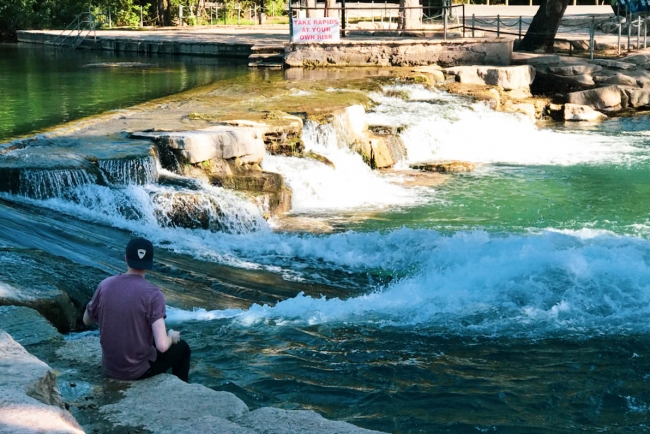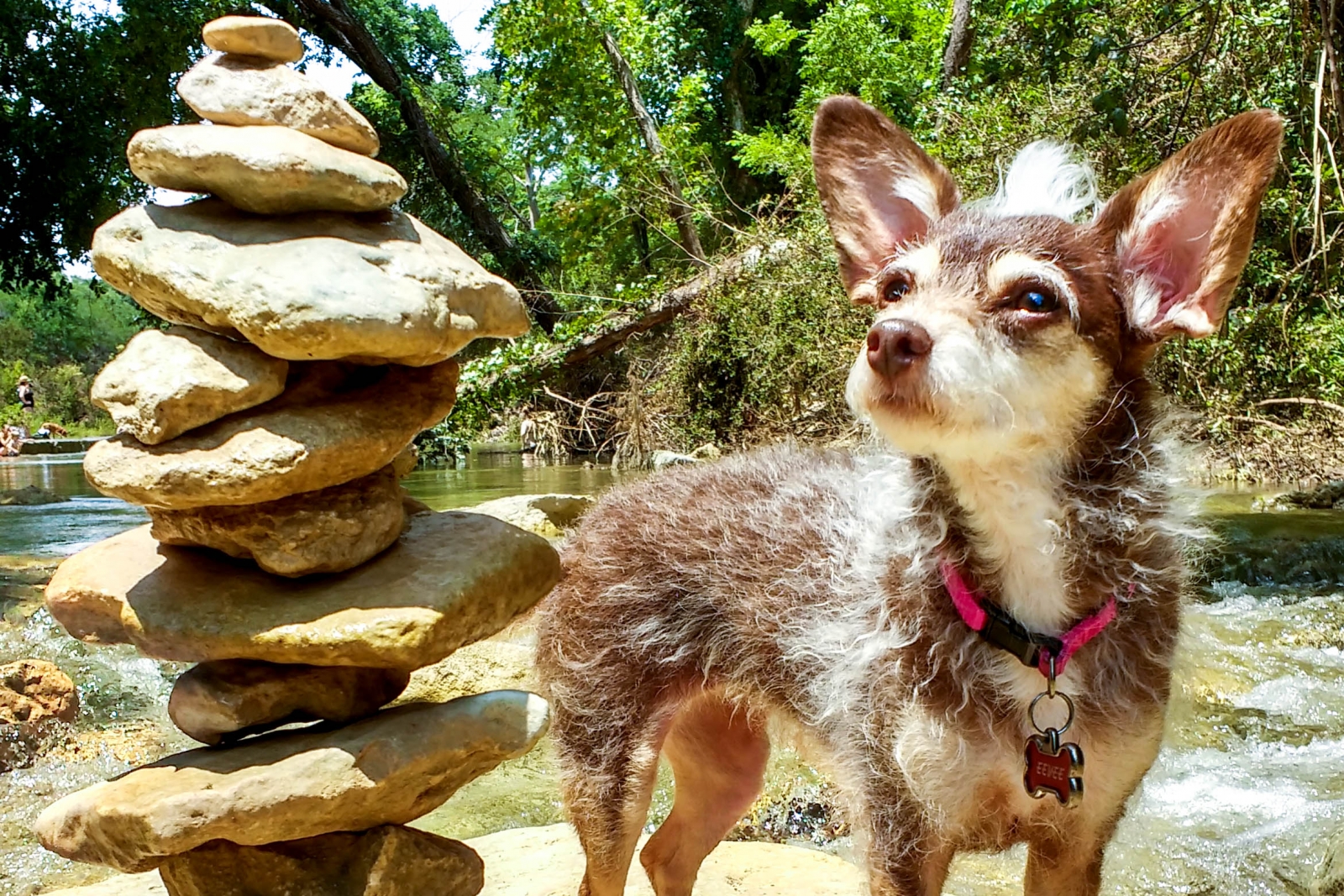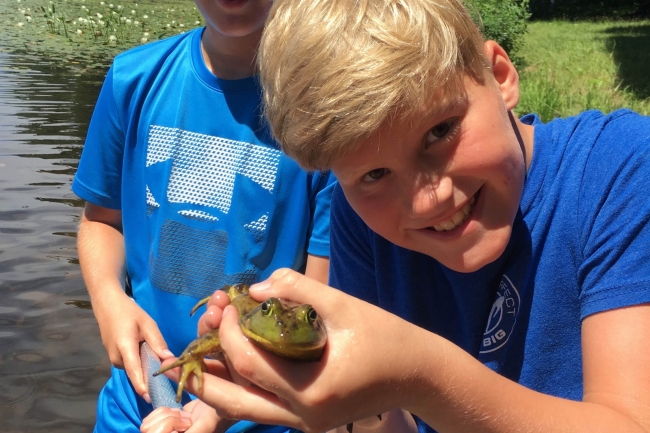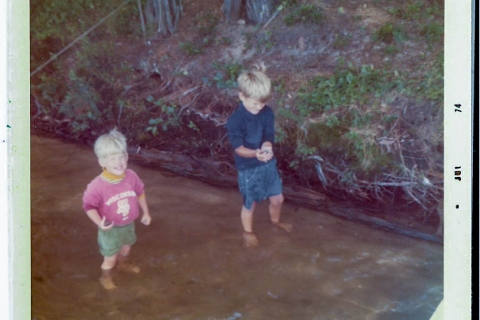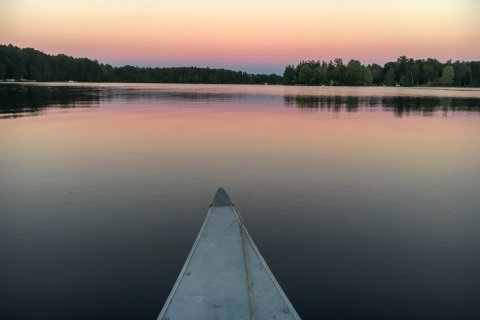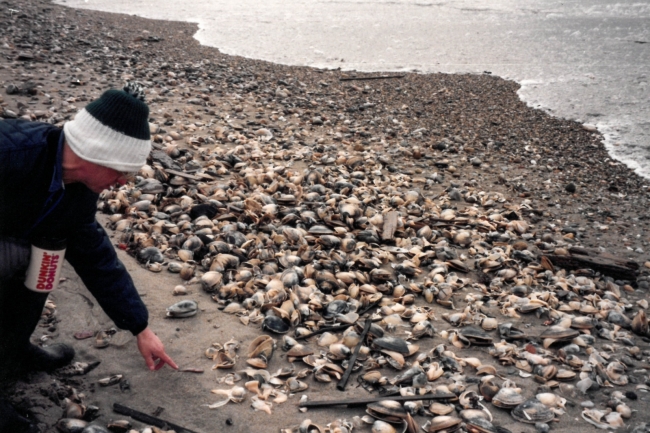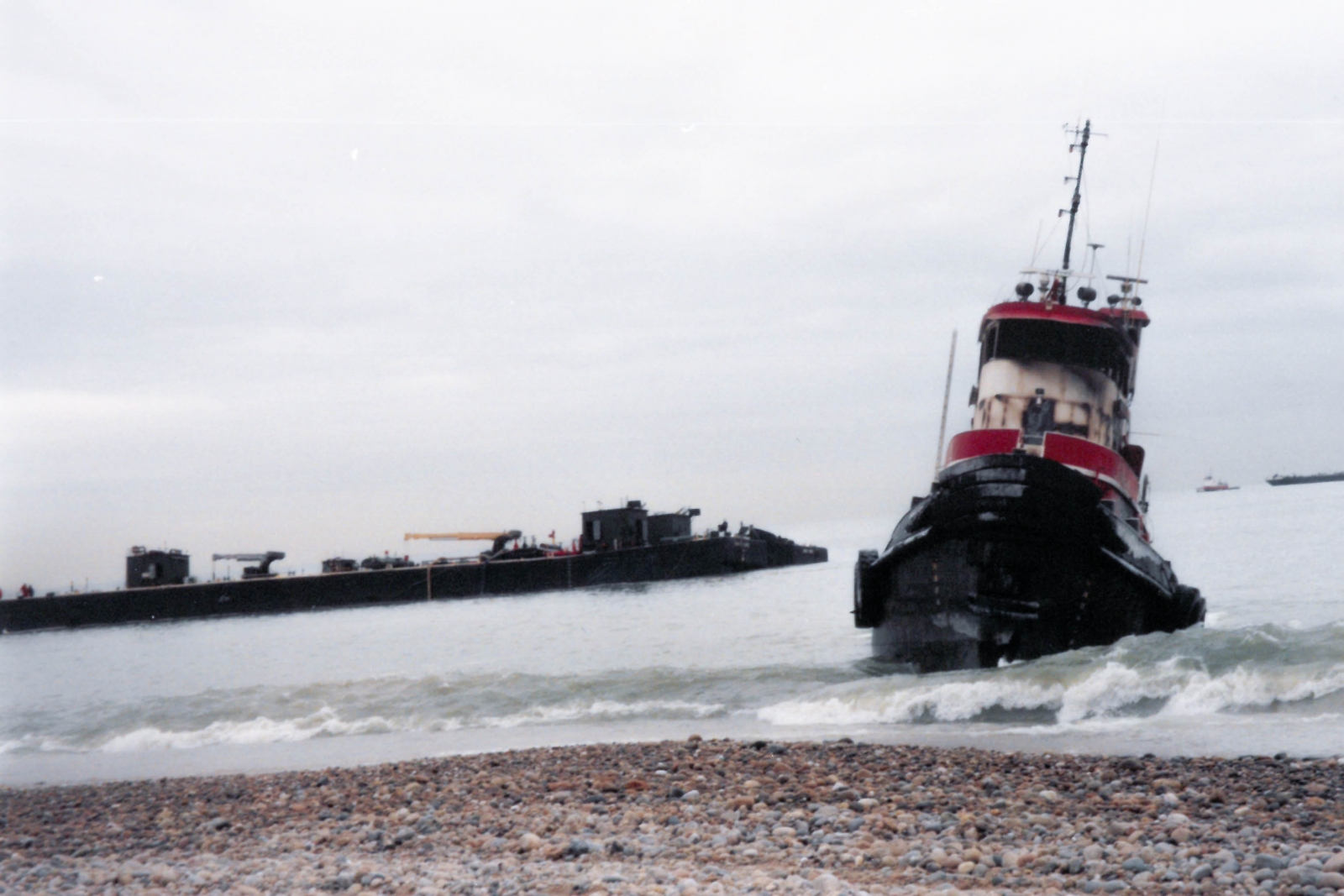Everyone at NOAA’s Office of Response and Restoration plays a crucial role in our mission. For many of us, our journey into the marine world can be traced back to a special place that first sparked a love of water and wild places. This installment of our monthly series “Homewaters” explores some of the waters that kindled a passion that would go on to last a lifetime.
Rivers in Hill Country, Texas
Few people outside of Texas know about the hill country. It’s a rolling landscape of conifers, cactus, and granite rock, under an enormous blue sky. Crystal clear spring-fed rivers carve out limestone caverns, waterfalls, cliffs, and swimming holes you could spend a lifetime exploring. I’m a proud Texan, living in Washington D.C., and I spend a lot of time telling people about my inland Homewaters.
The San Marcos River is just a quick drive south of Austin, and it’s probably one of my favorite places in the world. During my undergrad I spent a lot of time on the river for earth science classes, learning about how time and water shape rock and build ecosystems. Being spring-fed, the river stays 72 degrees year-round. Perfect for cool dips in the summer, and giving off a steamy blanket in the winter. The Texas blind salamander, San Marcos salamander, Texas wild rice, fountain darter, Comal Springs beetle, and San Marcos gambusia are all endangered species that call the river home. My friends and I liked to hang out there, too.
Everybody in San Marcos owns an innertube, and you can always find people floating, swimming, walking dogs, and just relaxing near the water. Peak floating season is from March to October, when it’s so hot you just want to jump in after class. I used to have a disposable underwater camera that I’d take a few pictures with each time I visited, but I left it in the trunk of my car when I sold it. My mom took this photo on a recent trip back, and everything was even better than I remembered (except for the guacamole queso burger at my favorite burger joint).
— Adam Rotert, Geographic Information Systems Analyst in Silver Spring, Maryland
Half Moon Lake, Wisconsin
Without a doubt, my homewater is a small lake, Half Moon Lake, in the woods of northern Wisconsin. The lake has been part of my family history for generations starting with my great grandmother who began the tradition of vacationing to Half Moon. My parents moved our family to a home on the lake just before I started high school and they continue to spend their summer months there.
My experiences at the lake inspired a love of the water and nature that transcended to the marine environment. The lake has been a place to gather and enjoy over the years. We caught fish large and small, from bluegill to perch to largemouth bass and northern pike. We boated in just about anything that floats — canoes, kayaks, rowboats, paddleboats, motorboats, and jet skis. We water-skied many a hot summer day and ice skated in the cold as soon as early November! We searched for wildlife around the lake and were delighted to discover bald eagles nesting or hunting overhead and loons rearing their chicks, preening, calling, or taking flight. We enjoyed sunsets from the pier and lakeside campfires to complete the days.
These experiences instilled in me an appreciation of the lake environment and time spent as a family. My family and my siblings’ families now vacation at Half Moon Lake every summer and the traditions continue, perhaps resulting in a homewater inspiration for another generation!
—Tony Penn, Assessment and Restoration Division Chief in Silver Spring, Maryland
Narragansett Bay, Rhode Island
Being “Rhode Island–born and Rhode Island–bred” — as the University of Rhode Island Fight Song goes — I grew up at Moonstone Beach, named for its numerous ocean-polished silicate rocks. As a child, I spent long summer days there combing the beach for shells and jellyfish. Fun fact: other sections of Moonstone Beach were well known throughout the 1970s and ‘80s as a popular nudist beach, but it was eventually shut down to preserve shorebird habitat.
On Friday, Jan. 19, 1996, I was a senior at the University of Rhode Island studying ocean engineering. I lived with roommates "down the line" in a fishing village, and one night when we returned home the usual fog was mixed with the stink of gasoline. A ship had run aground on Moonstone Beach, the North Cape. Its hull ripped open and spilled 828,000 gallons of home heating oil into the pounding surf.
That strong smell of oil in the air was soon replaced by the stench of rotting crustaceans, shellfish, and starfish that died from the oil and washed up in droves. The local fishing and lobstering economy was brought to its knees as fisheries closed. Families I had grown up with struggled to make ends meet. This incident planted a seed, from there all my roads led back to oil spills.
After graduate school, I started working with NOAA OR&R working along the Gulf Coast. That was 17 years ago, and I have worked at OR&R ever since. The environmental damages from the North Cape oil spill resulted in $7.8 million for restoration along Rhode Island's coast, which went to projects bolstering the local environment and economy. I was proud to contribute to some of this work, it felt like coming full circle. As the Grateful Dead song goes, "Once in awhile you get shown the light. In the strangest of places if you look at it right.”
—Kate Wheelock, Disaster Preparedness Program Chief in Silver Spring, Maryland

